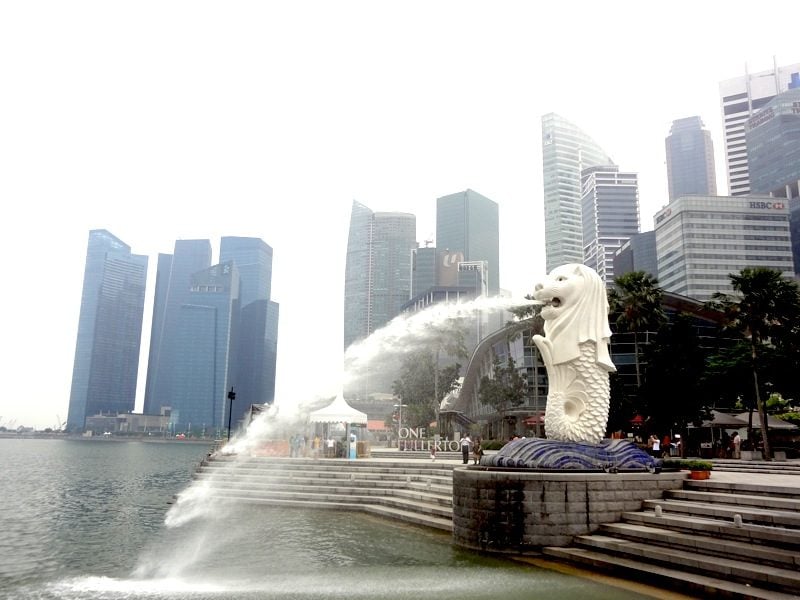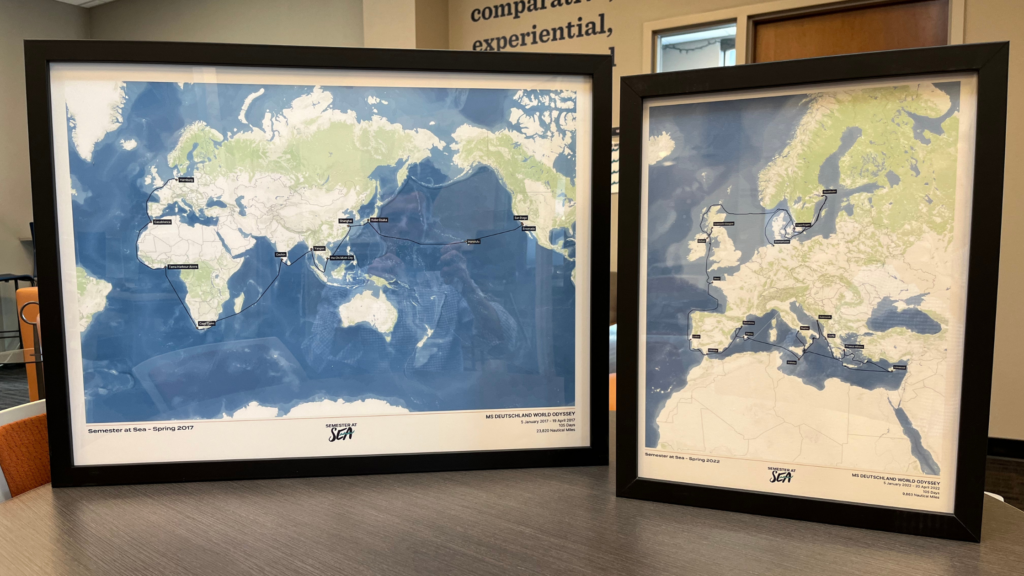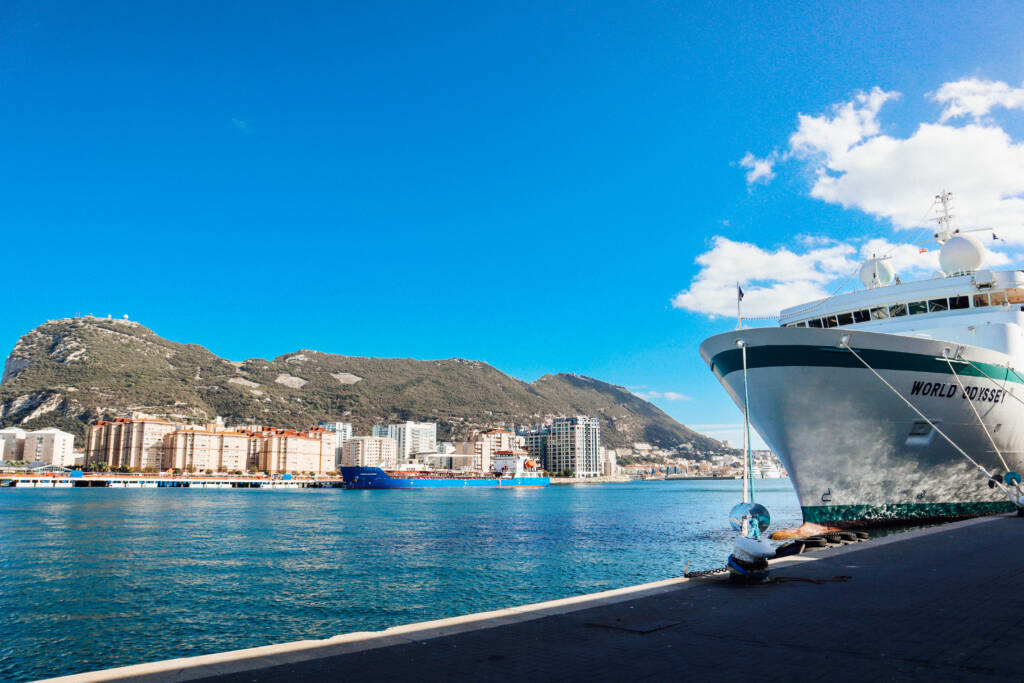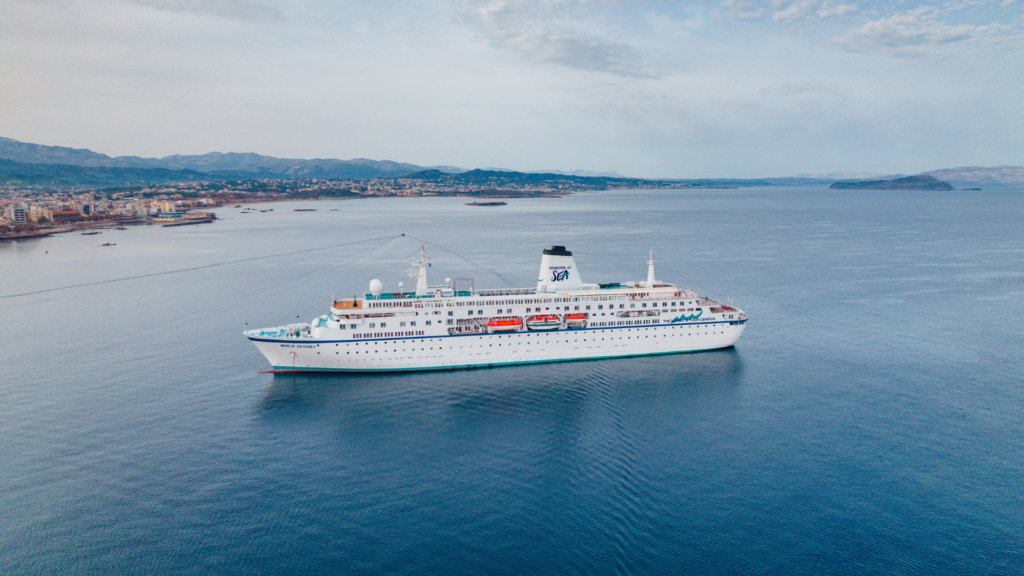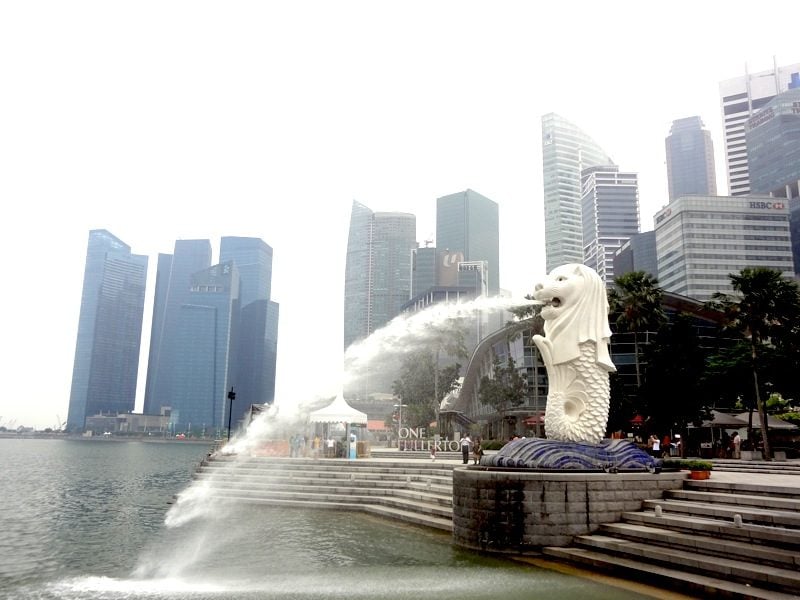
Most folks struggle with Shakespeare, but imagine it translated into Singlish. Yes, Singlish. Much like Dominica and Mauritius, residents of Singapore also created a hybrid language in the face of a massively mixed colonial population. The language has grown into a unique twist on English, something the people love and the government hates. Students in Dr. Andrea Lunsford’s English class traveled to the National Institute of Education, the only teacher’s college in Singapore, to hear from students and professors about Singlish and whether it should be celebrated or condemned.
Independent since 1965, the island city-state of Singapore has a relatively short modern history. The British purchased the sparsely-populated island in 1824, igniting a mass immigration from the neighboring islands. The Chinese, Malay, Tamil, and European communities of Singapore generally kept to themselves until the end of World War II, when independence became a real possibility. Singlish is a direct response to this mid-century merger, adding English vocabulary into South Asian syntax to create a linguistic pillar of the new community.
At the National Institute for Education, students talked with Dr. Warren Liew, a former Stanford PhD student of Professor Lunsford’s, as well as his Tamil, Malay, and Chinese students about the merits of Singlish as a nation-building tool. “The government is trying to annihilate the language, but the people we talked to are trying to bring it back because they think it’s important for cultural identity,” explained Amy Johnson, from Truman State University. “The government thinks you have to speak Standard English to be successful, but Singlish is the only thing that everyone has in common. It’s the mother language for most Singaporeans and you can’t eliminate something people identify with.”
The federal government and the National Institute of Education are at odds over Singlish. The government sparked the debate by naming Standard English as the only language for universities, radio, and television. To retaliate, the Institute is out to prove the intellectual merits of Singlish through a number of translation projects. The students at the Institute even staged a scene from A Midsummer Night’s Dream in Singlish for their visitors from Semester at Sea.
The national identity of Singapore is relatively young, and there aren’t many commonalities to unify the country’s diverse population. The main symbol of Singapore, the seemingly ancient Merlion, was in fact only introduced in 1964‚Ķ by the regional tourism board. Singlish is one of the few things shared by the nation’s incredibly diverse 3.3 million citizens because it’s a direct synthesis of the four official languages, English, Malay, Tamil, and Mandarin, but the debate continues. Is it worth improving our professional edge by becoming the only English-speaking nation in the growing Asian business market at the cost of destroying the limited cultural context of a mixed-race society? It certainly gives Semester at Sea students something to think about as the voyage sails to Viet Nam.
Click here to read about the equally unique Creole languages in Dominica and Mauritius.
